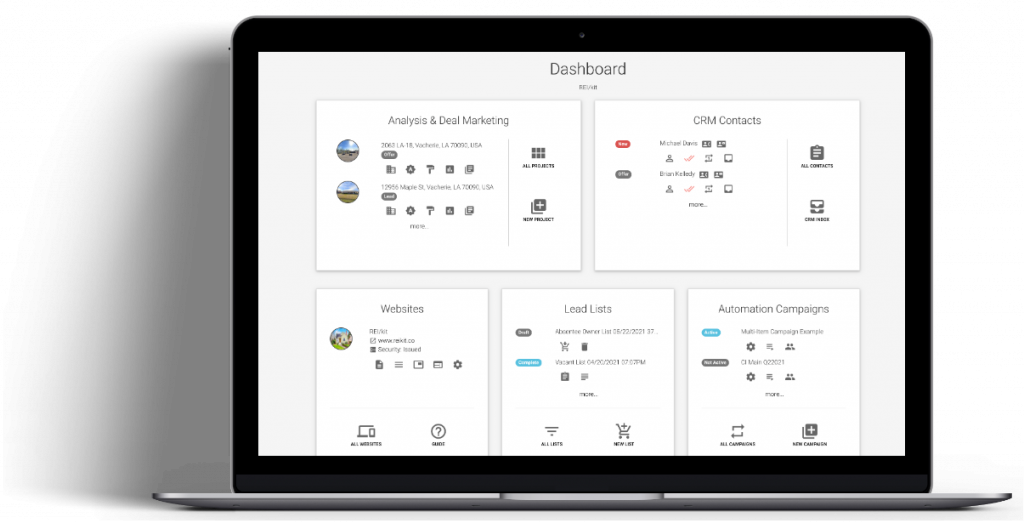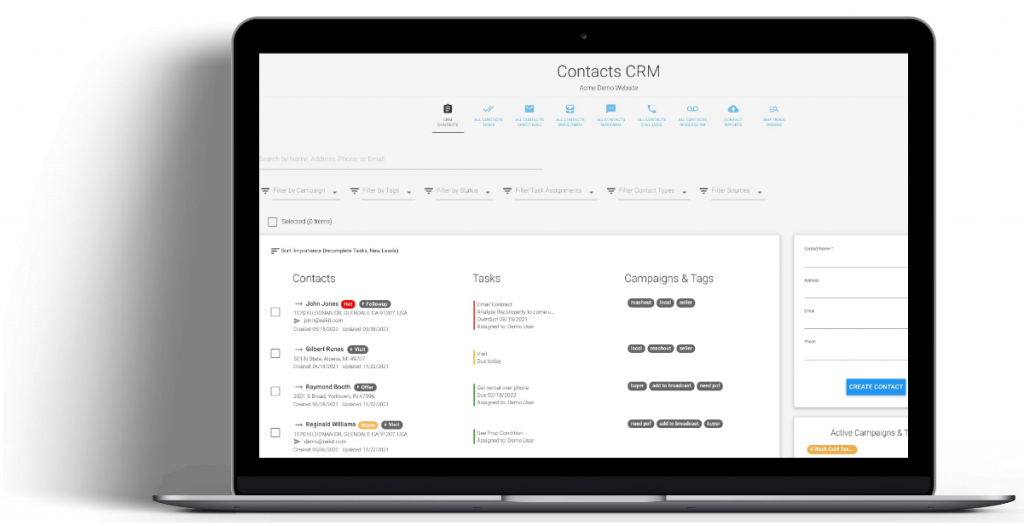
I was wrong.
Driving for dollars is not one of the most inexpensive ways to get leads, as I previously wrote in my article 29 ways to find off market deals.
In fact, it’s the most expensive.
Let me explain.
Most people claim that driving for dollars is the cheapest way to find leads, because you don’t need to buy any lists of leads, you just get in your car and go.
But your time is not free. Gas is not free, and the wear and tear on your car is not free.
If you do the math and factor in those costs, the numbers don’t lie:
Driving for dollars is the most expensive, and least efficient, way of acquiring leads. Click To TweetIt’s so bad, that focusing on D4D is probably going to guarantee that you’ll never get your business to any significant scale.
This is both because it costs too much, and because it takes too long.
So what is the actual cost to acquire a single Driving for Dollars lead?
Let’s Start With Some Assumptions:
Miles Per Gallon
Driving up and down residential city blocks is a constant stop and go affair. My vehicle gets 15 mpg in the city, so we’ll use that as the baseline.
Average Distance Between Potential Houses
I’ll use an average distance between potential houses of 1.5 miles.
The distance between houses in a particular neighborhood may be shorter or longer, but you still need to factor in getting to that neighborhood.
For this assumption of the average distance between potential houses, I’m using the formula:
1.5 miles average distance = ((10 houses X 0.5 mile apart) + 5 miles to get there + 5 miles return)/10
Driving Speed
Since we’re driving around city blocks with a maximum speed of 25 miles per hour, with a lot of stops, the average speed we will use will be 15 miles per hour.
Cost Calculations
Let’s use those initial assumptions to then calculate the true cost per lead when Driving for Dollars.
Cost of Time
Your time is not free.
There is an opportunity cost of using your time to drive around looking for properties.
Any time that you are spending driving for dollars, is time that you are not earning money in other ways. Click To TweetCurrently, the median US income is around $32,000/year, or $15.5/hour.
I’m not going to assume how much your time is worth, so let’s say that it is the average. If it’s more than that, great for you, but then the opportunity cost per lead will also be so much higher.
We can take into account the average distance between potential houses of 1.5 miles, the driving speed of 15 miles/hour, and the value of your time of $15.50/hour to find the opportunity cost of each lead.
Opportunity Cost per Lead
$1.55 opportunity cost per lead = 1.5 miles per property / 15 miles per hour speed X $15.5/hour
Cost of Gas
Gas is certainly not free, even in these times of cheap oil the average gas price in the US is $2.50.
Given this, if we use the average distance between potential houses of 1.5 miles, then the gas cost will be $0.25.
Gas Cost per Lead
$0.25 cost per lead = 1.5 miles / 15 miles per gallon X $2.50 per gallon
Cost of Wear and Tear
Your car deteriorates and loses value with each use. Your tires eventually need replacement, you need an oil change every 5,000 miles, and so on.
There have been a number of studies on this, determining that this cost is around $0.50 per mile in the US.
Taking this into account, and using the distance between properties of 1.5 miles, the wear and tear cost on your vehicle will be $0.75.
Vehicle Use Cost Per Lead
$0.75 cost per lead = 1.5 miles X $0.50 cost per mile
Total Cost Per Driving for Dollar Lead
Given our initial assumptions and taking in the opportunity cost of your time, the cost of gas to find the lead, and the cost of wear and tear on your vehicle, the true cost of a single driving for dollars lead is a whopping $2.55.
This only includes the property address, and does not include any contact information for the owner such as their mailing address, their phone number or email, nor does it include any marketing costs that you will incur for that lead.
Even if you didn’t have other income, and your opportunity cost was $0, this would still be the most expensive way to acquire leads at $0.95/lead.
Let’s use REI/kit as a comparison, as that’s what I have readily available to me.
In REI/kit depending on the plan I charge $0.12-$0.18 for skip-traced motivated seller leads where each lead already has contact information including phones, emails when available, and the phone numbers are flagged against the national FTC do not call list, showing you which of the leads you can and cannot call.
The fact is, that driving for dollars is not slightly more expensive than other ways to find leads. It’s up to 21 times more expensive and it does not include any contact information.
Driving for dollars is up to 21X more expensive than other lead generation techniques. Click To TweetThis leads me to scalability.
Let’s Talk About Scale
Scaling your business is purely a numbers game.
You will need to spend X amount of money prospecting for Y number of leads before any of them convert into a deal.
How many leads do you need before converting one?
Most people underestimate that number, or rather overestimate their conversion number.
For example, let’s say that your conversion rate is a generous 1%. Then you would need 100 leads to make one deal happen.
Does driving for dollars pass the scale test?
Cost
We’ve already established that it can cost you up to 21X more money for each driving for dollars lead, versus one that you can get in other ways, such as with REI/kit.
100 driving for dollars leads is going to cost you $255.00.
This is purely in lead generation costs, and does not include any actual marketing costs.
Compare that to the 100 skip-traced leads on REI/kit. As of the writing of this post, at an average $0.15/each, each skip-traced lead would only cost you $15, and you already get 100 lead credits per month included in the that most popular plan.
So, the cost of driving for dollars is not scalable.
How about time?
Let’s say we use the average distance between properties of 1.5 miles and our average speed of 15 miles per hour. That means that each lead will take us 6 minutes to get to, or 10 hours for 100 leads just in driving time between houses. This does not include any time stopping at the house, and taking notes.
If it takes you another 12-18 minutes to stop and take notes, you now have spent an entire work week just driving around generating leads.
This does not include any time actually marketing to these leads.
Compare that to REI/kit, whether you get 1 lead or 100 leads, the time that it takes to download leads is the same, about 60 seconds.
The point is, if you want to grow your business, the time spent driving for dollars is also not scalable.
So What’s the Lesson Here?
In my opinion, if you do the math, driving for dollars does not make any sense at all as a lead generation strategy. In my opinion, it is a complete misuse of your time and money.
Since it is so widely talked about, on every single blog, even my own, the strategy is now being taken as gospel without ever being challenged.
Unfortunately, everyone was wrong, including me.
At this point, my own opinion is that I don’t see this strategy benefitting anyone — except for the people who can take advantage of how widely this strategy is talked about and unchallenged: those that sell driving for dollars apps.
What do you think?



